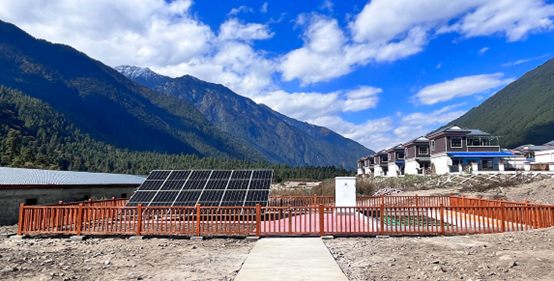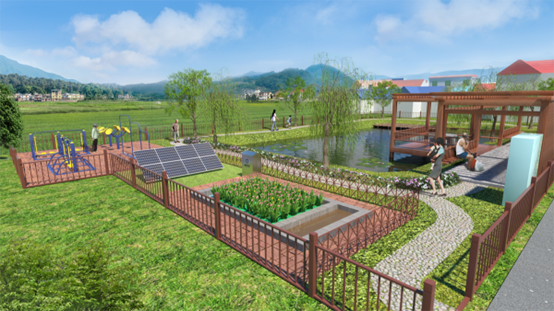An Innovative Solution for the Long-term Operation of Rural Sewage - T-Bic Biological purification pool, with Extremely Low Operating Costs, Stable and Reliable Effluent Quality, and High Landscape Integration
Hey everyone, today I'm diving into an incredible story about innovation and community impact. We're heading to Zayu County in the beautiful Linzhi City of Tibet. You see, rural areas often face unique challenges when it comes to wastewater treatment, but there's some exciting news coming out of Zayu. Let me introduce you to T-Bic Techn a game-changing solution that's transforming water treatment in this region.
At the heart of this project is a sewage treatment facility with a treatment scale of 30 cubic meters per day. The technology we're talking about today is called the Three-dimensional Biological Immobilized Curtain, or T-Bic for short. This isn't your average water treatment method. T-Bic integrates multiple cutting-edge technologies like biological enhanced functional bacteria, modified polymer materials to fix microorganisms, and rapid biochemical reactors. Pretty cool, right? What makes T-Bic truly special is its efficiency and stability. The effluent water quality is top-notch, with COD levels at 60 mg/L and NH3-N at 8 mg/L. This means the treated water is much cleaner and safer for the community.

The process flow starts with the influent, moves through a septic tank, then to a regulating tank, and finally reaches the T-Bic biological purification tank. The result? Effluent that's ready to be safely reintroduced into the environment. One of the standout features of T-Bic is its use of new polymer biological fillers. These fillers support high biomass and biological activity, ensuring a robust treatment process. Plus, this system is designed to handle extreme conditions, which is perfect for the diverse weather patterns in Tibet. The rich functional bacteria in the T-Bic purification pool work tirelessly to treat highly dispersed sewage efficiently . This makes it an ideal solution not just for rural areas like Zayu, but also for communities, parks, and scenic spots. And let's talk scalability. Whether you need to treat 1 ton or 300 tons of wastewater per day, T-Bic has got you covered. The effluent standards meet local agricultural sewage discharge requirements and even Class A urban dispersed sewage standards. And it's about leveraging technology to bridge the gap between urban and rural infrastructure. T-Bic Technology is not just a technological marvel; it’s a beacon of hope for communities striving for better living conditions and healthier environments. It’s cost-effective, space-saving, and easy to operate and maintain. In a world where clean water is becoming increasingly scarce, solutions like T-Bic are not just innovative; they are essential.

The local community has seen significant benefits from the T-Bic system. Residents have reported a noticeable improvement in water quality, which has had a positive impact on their health and daily lives. Community meetings have been held to discuss future plans for expanding the T-Bic system to other areas in Tibet, ensuring that more communities can benefit from this innovative technology. Researchers are continuously studying the T-Bic system to find ways to improve its efficiency and effectiveness. Ongoing research is focused on enhancing the biological fillers and functional bacteria used in the system. Of course, implementing such a system in a rural area comes with its own set of challenges. The remote location of Zayu County made it difficult to transport materials and equipment. Additionally, training local operators to manage the system required significant effort and resources. Despite these challenges, the project team was able to overcome logistical hurdles through careful planning and collaboration with local authorities and community members. Looking ahead, there are plans to expand the T-Bic technology to other regions in Tibet and beyond. The goal is to create a network of sustainable water treatment systems that can serve as a model for other rural areas around the world.
 LOADING...
LOADING...
 DATE:2024年07月04日
DATE:2024年07月04日

